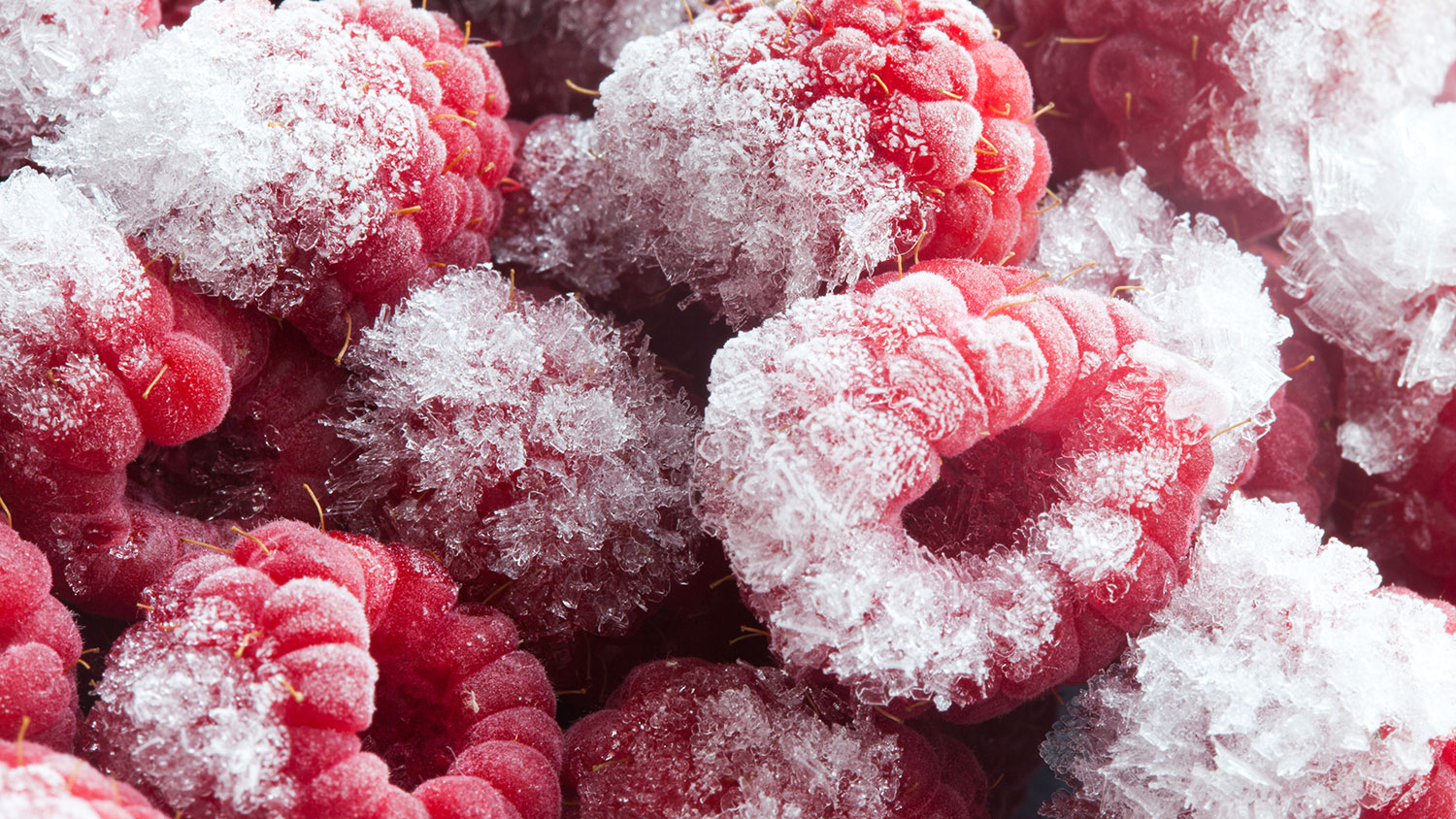Q. I’m trying to avoid plastic, so I’ve been using freezer paper for non-liquid foods in the freezer. Can freezer paper be recycled?
Susan D.
Hartville, Ohio
A. Dearest Susan,
You’re not going to like this: You know the coating that lends freezer paper its signature shine? Usually, that’s none other than polyethylene – plastic, in other words. I’ll bet this isn’t the first time something like this has happened to you on your quest to eliminate plastic, either. The stuff sneaks into all kinds of innocent-looking products. In this case, plastic gets involved because it fulfills the demands of a freezer-ready wrap: It seals in moisture vapor, doesn’t leak or crack at low temps, and keeps food from absorbing any freezer-funk smells.
This paper-plastic combo also makes freezer paper difficult to recycle. You’ll have to ask the folks at the Hartville recycling center directly to be sure, but the polyethylene will likely keep it out of your paper recycling bin (it’s often the same deal with wax paper, ice cream cartons, and cardboard freezer boxes). Ditto for the compost bin: The plastic layer will never break down.
If you must wrap your leftovers, heavy-duty aluminum foil also provides the vapor barrier you need to evade freezer burn. Unlike freezer paper, it’s widely recyclable; and although aluminum processing is energy-intensive, you can keep a clear conscience by choosing 100-percent recycled foil, which uses only 5 percent of the energy of a new roll. While we’re talking wrappings, I should also note that wax paper is not a great substitute for freezing treats. Not only is it unrecyclable and non-compostable, but it doesn’t completely seal in moisture – hello, freezer burn.
Still, we can do better than all of the above, Susan. Freezer paper and foil are ultimately disposable, after all, and there are lots of reusable options you might choose instead.
Like what, you ask? Well, how about glass? Canning jars are made to withstand the deep freeze, and wide-mouth models especially are great for veggies, fruits, liquids, and stews. Prevent breakage by making sure to leave room at the top for ice to expand; it may also help to cool your food before packing it away. Or try Pyrex containers (extra points for silicone or stainless steel lids), also tough enough for the freezer and can house all kinds of goodies. You may prefer the easy-stacking rectangular or square ones if you plan to keep lots of meals on ice. Similarly, airtight stainless steel storage containers can do the job if you prefer more of a sleek, shiny aesthetic inside your freezer.
Whatever you decide, Susan, may I suggest cooking up a big pot of soup and popping it in the freezer? Such an easy, comforting meal will surely brighten any long, cold, stressful days you may face as we all wait for popsicle weather to return.
Icily,
Umbra



